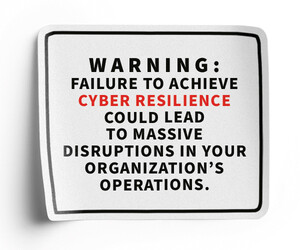AI Bans Require Integrated Networking Platforms
With the rise of AI tools, both sanctioned and unsanctioned, state governments face increased network pressure. Additionally, cyberattackers are becoming increasingly sophisticated in their use of AI for credential theft, leading to a rise in attacks targeting state and local governments. These communities are also becoming more prominent targets for nation-state threat groups looking to influence public policy or opinion amid geopolitical uncertainty. Earlier this year, Alabama was hit by a cyberattack that disrupted state government services after some state employees’ personal information was compromised.
Despite all of this, state IT teams remain under-resourced. More than a third of government technology and security professionals report that a lack of staff makes their position very or somewhat stressful, and another third say their organization doesn’t put sufficient budget toward cybersecurity. Now, on top of all that, they have to put into place and enforce bans on popular AI tools.
State government IT teams need a way to monitor for shadow AI and cyber intrusions without adding extra work. A powerful, integrated network with built-in security and analytics capabilities is, in my experience, the best strategy to provide the visibility needed to ensure compliance and reduce IT administrator workloads.











